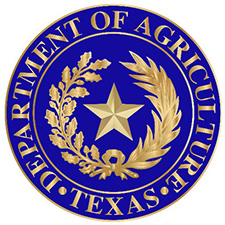Wildfires and workplace are top priorities for Biden nominee to oversee U.S. forests
President Biden’s nominee to oversee the 193 million-acre national forest system said on Thursday that he would focus on wildfire management and prevention and on eradicating racial and sexual discrimination at the Forest Service. “If confirmed, I will be the person responsible for providing leadership to ensure that everyone is treated fairly,” said Homer Wilkes, a 41-year USDA employee.
Two new USDA reports to put more details into cattle prices
The USDA will launch two new cattle pricing reports next week that “will bring needed clarity to the marketplace,” said Agriculture Secretary Tom Vilsack on Thursday. The reports, which will provide more information on prices for cattle sold through the major channels, were greeted as a significant step toward transparency in an often-opaque market.
Today’s Quick Hits
EIS for GE chestnut: An environmental impact statement is necessary before the USDA can decide whether to deregulate an American chestnut tree variety that was genetically engineered to resist chestnut blight. (Federal Register)
Falling food prices: Although the Food Price Index, which tracks international prices for major food commodities, fell for the second month in a row, it remains 31 percent higher than a year ago. (Food and Agriculture Organization)
Spring wheat woes: The spring wheat crop in Canada and the U.S. northern Plains has been mauled by drought, forcing food makers to pay higher prices for the wheat used in baked goods and to draw down their stockpiles. (Reuters)
Running like a Deere: The old slogan “Nothing runs like a Deere” might need to be updated to “Nothing runs by itself like a Deere” after the farm equipment company’s purchase of Bear Flag Robotics, which develops autonomous driving technology compatible with existing machinery. (Deere)
Soybean cupping: Agronomists in several areas in Iowa have reported instances of fencerow-to-fencerow soybeans with cupped leaves, most likely the result of dicamba damage to varieties that were not genetically engineered to tolerate the herbicide. (Wallaces Farmer)











